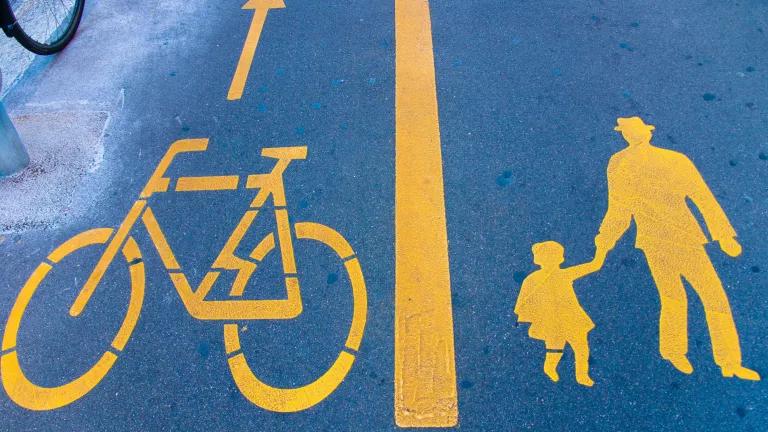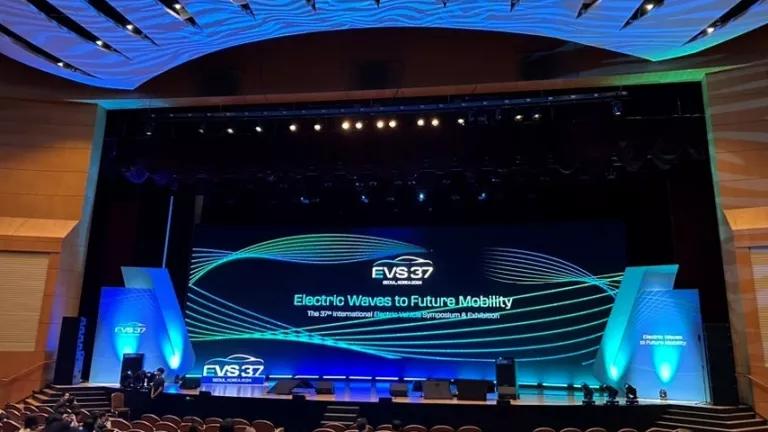Most Americans who are fed up with traffic don't buy the notion that the way to ease congestion is to build more roads; they prefer more public transportation instead. (Check out NRDC's nationwide opinion poll.) Of course, we live in a time of serious fiscal constraint when it comes to funding transportation. The federal gas tax -- which hasn't risen since 1993 -- doesn't generate nearly enough money to fill the hole in the government's transportation budget. And the states find their revenues woefully short of their mounting transportation needs as well.
For this reason, when it comes to finding the money to fund local transportation projects all over the country, ballot initiatives to raise revenues to cover much-needed transportation expenditures have become the norm. This election was no different. So now is the time to see how those ballot measures fared.
Politico dubbed transit "the nail-biter this election" and for good reason. Local transit-related ballot issues before the voters ranged from efforts to downsize public transportation in some places to sales tax hikes to enhance bus and rail service in other communities. Transformative ballot measures in big cities went down in defeat, including a unique plan in Memphis to boost the gas tax. (Those losses echoed the ambitious campaign in Atlanta earlier this year that failed to add a one-cent sales tax to reign in relentless sprawl with more transit and smarter development.) But overall, transportation initiatives enjoyed a high success rate on Tuesday, continuing the trend of 80+ percent passage for local measures to improve or enhance transit in recent years.
On this election day, voters approved over two-thirds of proposed ballot measures supporting public transportation. According to the tally by the Center for Transportation Excellence, a total of 21 measures with a significant transit component were considered by voters in 12 states from California to Maine. Thirteen measures were approved and two remain undecided as votes continue to be counted. (This follows a wave of success at the polls with the approval of 33 measures earlier in 2012. All told, this year has seen the largest number of transit ballot measures since CFTE began tracking initiatives in 2000.) So far, the success rate stands at 79% for this election, and could hit the 80% mark depending on those two remaining races that are too close to call.
CTFE has a detailed look at the outcomes of all of the measures on the ballot. Smart Growth America also has a good summary of these election day success stories, in which voters resoundingly approved measures aimed at providing communities with more transportation choices.
Until we figure out a new way to fix our broken transportation funding system, the dire consequences of reduced federal transportation investment cannot be overstated. While we wait to replace the inadequate gas tax with a revenue stream that is lucrative and sustainable enough to meet our nation's transportation needs, more and more communities will have to look to ballot measures to boost funding to fix their roads and enhance their public transportation. Thinking nationally while acting locally is one way to tackle our transportation problems in the short run, so it is good that voters show that they get it by consistently supporting ballot measures. Now our federal leaders must show voters that they get it too -- by getting their act together to fully fund America's transportation needs.



